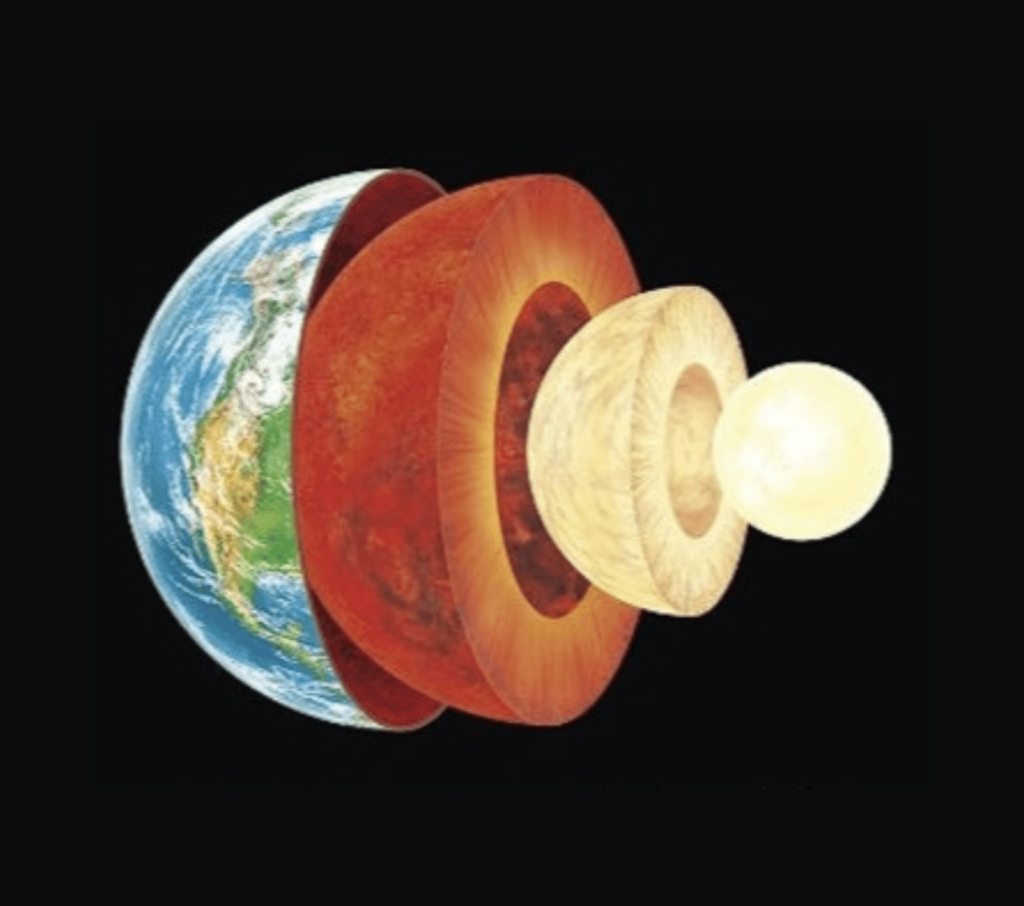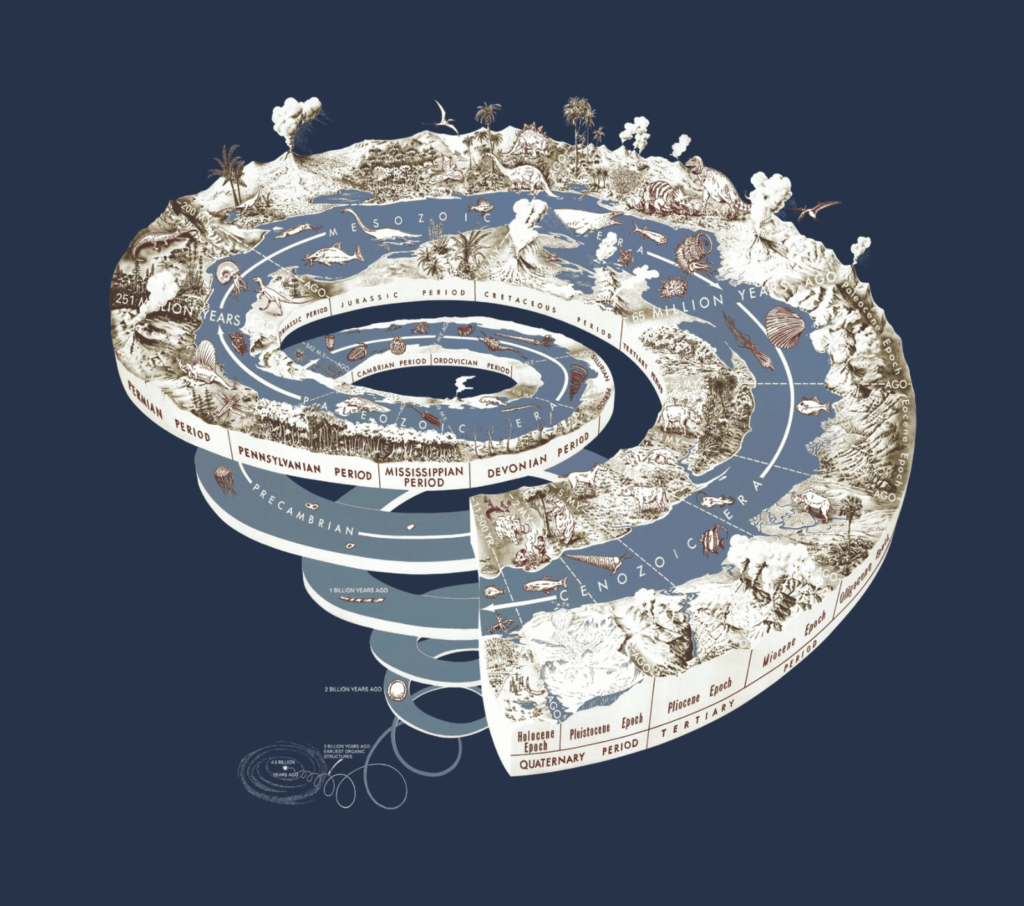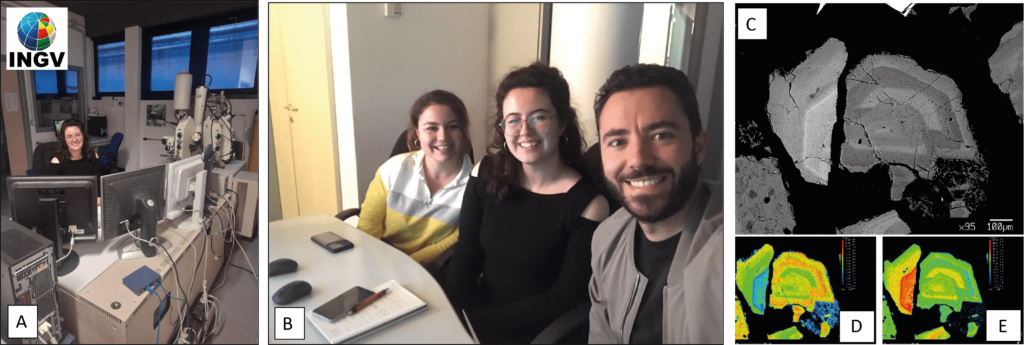LABORATORY WORK
GEOCHEMISTRY
Geochemistry (major and trace elements on glass and crystals)
Samples for glass geochemical analyses were prepared at the Istituto Nazionale di Geofisica e Vulcanologia (INGV) – Rome since January 2022. Pumices and ashes sampled in the field were cleaned, crushed, washed, sieved, dried, and mounted in epoxy resin by MSc. Rengin Özsoy and supervised by Dr. Ivan Sunyé Puchol, and Dr. Manuela Nazzari (INGV researcher). Mounts were polished and carbon-coated before major elements analyses with the JEOL JXA-8200 electron microprobe (EMP) equipped with five wavelength-dispersive spectrometers (Fig. 1).
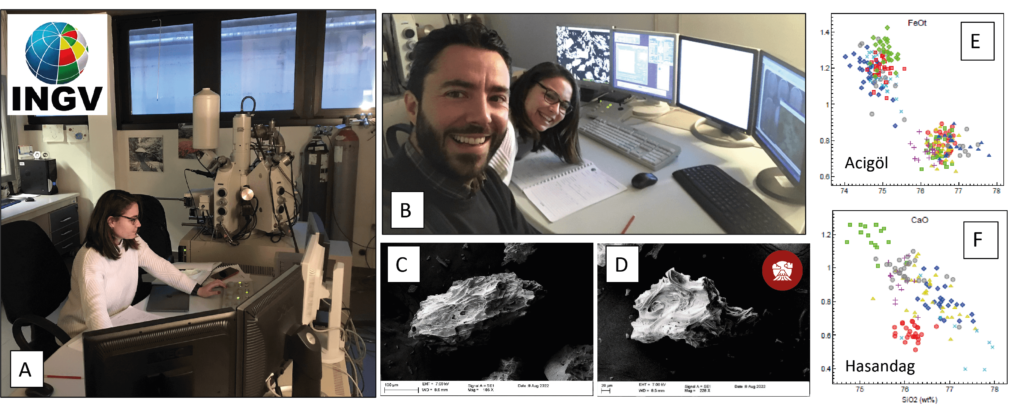
The same samples were used to analyse the glass trace element concentrations at the Eidgenössische Technische Hochschule (ETH) in Zürich (Switzerland) by means of a Laser Ablation -Inductively Coupled Plasma – Mass Spectrometry (LA-ICP-MS; Fig. 2). Both, major and trace element measured on glass shards, will be used first to characterise the pyroclastic deposits and find the volcanic source, but later to complete the tephrostratigraphic framework of the CAVP (new stratigraphy and chemical database) and to do tephrochronologic correlations by fingerprint to distal sedimentary records (i.e. paleoclimatic registers and/or archaeologic sites).
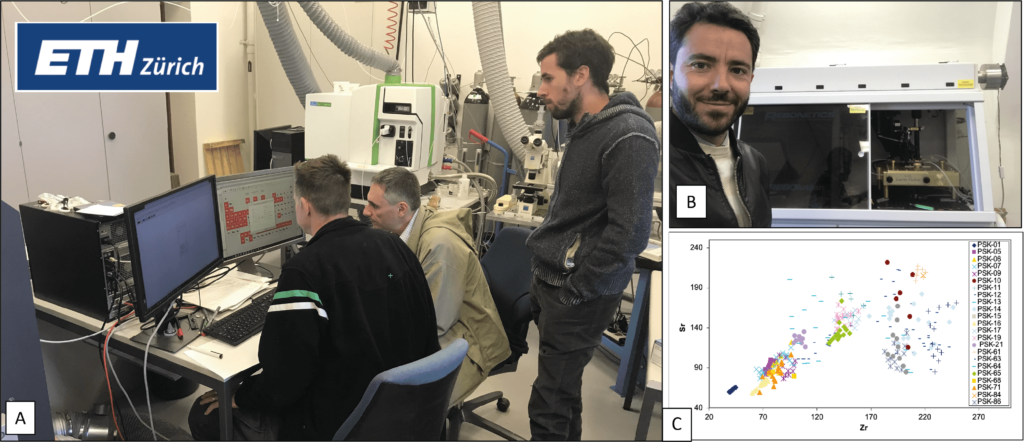
Petrological and geochemical analyses on minerals from Erciyes stratovolcano (including plagioclase, hornblende, biotite and Fe-Ti oxides) were performed at INGV-Rome by BSc. Simge Kaya and MSc. Rengin Özsoy and supervised by Dr. Ivan Sunyé Puchol (Fig. 3) and Dr. Manuela Nazzari. This petrogenetic data is important to study the plumbing system beneath Erciyes volcano and the crystallization conditions of three pyroclastic deposits (Karagüllü, Perikartin and Dikkartin), which can be erupted altogether during a common explosive eruption ~9 ka ago (Holocene). The chemistry of mineral phases helps to complement the characterization of pyroclastic deposits and more robustly correlate eruptions. Moreover, core-to-rim compositional zonation in clinopyroxenes, hornblende and plagioclases represent a valuable tool for recording each specific parameter of magma and petrogenetic processes occurred before every single eruption, even within the same magmatic reservoir.
GEOCHRONOLOGY
Geochronology (14C, 234U/ 230Th and 40Ar/39Ar):
Identify deposits erupted by the Central Anatolian volcanoes (e.g. Acigöl, Hasandağ and Erciyes) in distal records may help to constrain the time of eruptions as these often have detailed age-models. For eruptions of unknown age, radiometric-dating methods will be employed by PUSKURUM collaborators in order to obtain an accurate and precise chronology. Radiocarbon analyses in paleosoils developed on pyroclastic deposits younger than 45 ka (the upper limit of the 14C method) will be carried out at CEREGE (Aix-Marseille University, France) by Dr. Thibaut Devièse (Fig. 4a). Late Pleistocene eruptions will be dated using 234U/ 230Th in zircons (eruptions between 45 and 300 ka, limits of this chronological method) at the ETH-Zurich (Switzerland) by Dr. Lorenzo Tavazzani. Middle Pleistocene eruptions (older than 300ka) will be dated using the 40Ar/39Ar method in K-bearing minerals at the Argon Geochronology Laboratory of the Oregon State University (USA) by Dr. Dan Miggins, and at the SUERC facilities of the Glasgow University (UK) by Dr. Dan Barford (Fig. 4b).
